Partner: Pacific Marine Environmental Laboratory (PMEL)
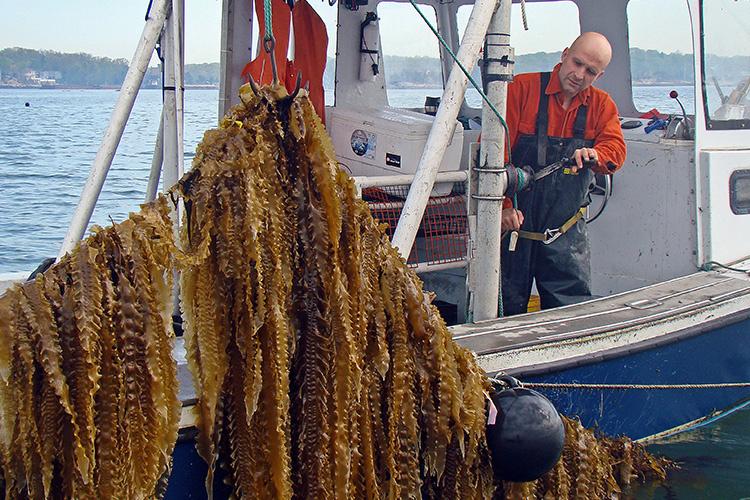
- PI(s): Andreas Andersson
- Fiscal Year Funded: 2023
Award amount: $1,451,575Duration: 3 yearsFunding agency: NOAA Ocean Acidification Program (OAP), National Oceanographic Partnership Program (NOPP) Why we care Growing seaweed in the ocean could be one way to alleviate some..
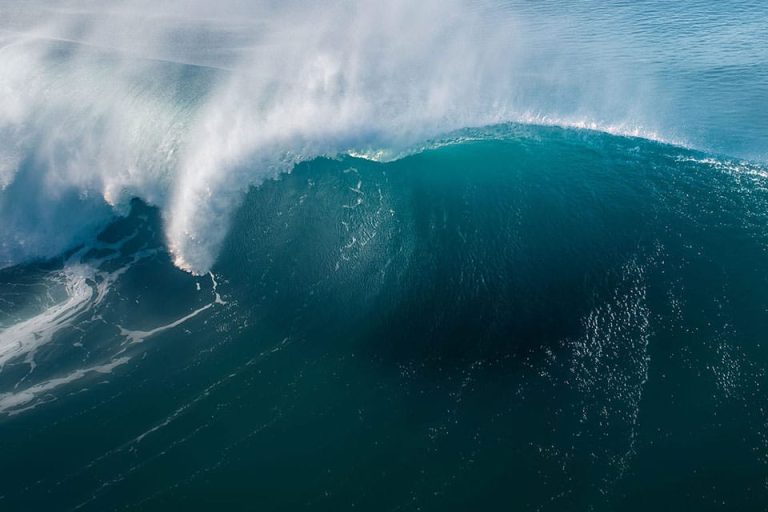
- PI(s): Burke Hales
- Fiscal Year Funded: 2023
Why we care Ocean alkalinity enhancement has the potential to capture carbon and mitigate ocean acidification. While ocean alkalinity enhancement is a promising approach for removing carbon from the atmosphere,..



- PI(s): Andrew Dickson
- Fiscal Year Funded: 2023
Why we care Energy, manufacturing and deployment costs are critical to the viability of any carbon dioxide removal approach. This research project focuses on a new strategy that promises low..
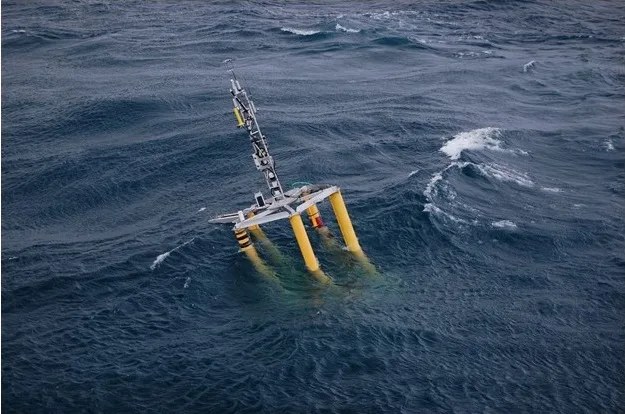

- PI(s): Galen McKinley
- Fiscal Year Funded: 2023
Why we care Ocean uptake of carbon has great natural variability that accompanies rising atmospheric carbon dioxide. A major challenge for marine carbon dioxide removal will be to quantify its..
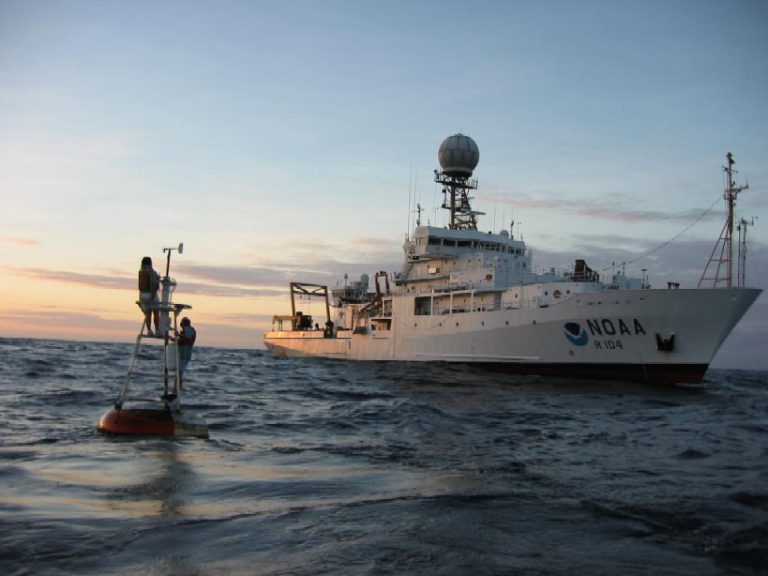

- PI(s): Richard Feely
- Fiscal Year Funded: 2021
U.S. West coast-wide hydrographic surveys have been conducted intermittently from 2007 to 2017, providing evidence for the..
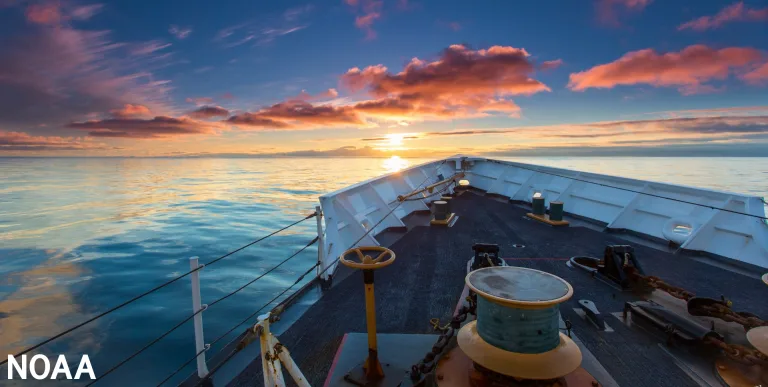

- PI(s): Jessica Cross
- Fiscal Year Funded: 2022
Coastal regions around Alaska experience some of the most rapid and extensive progressions of ocean acidification (OA)..
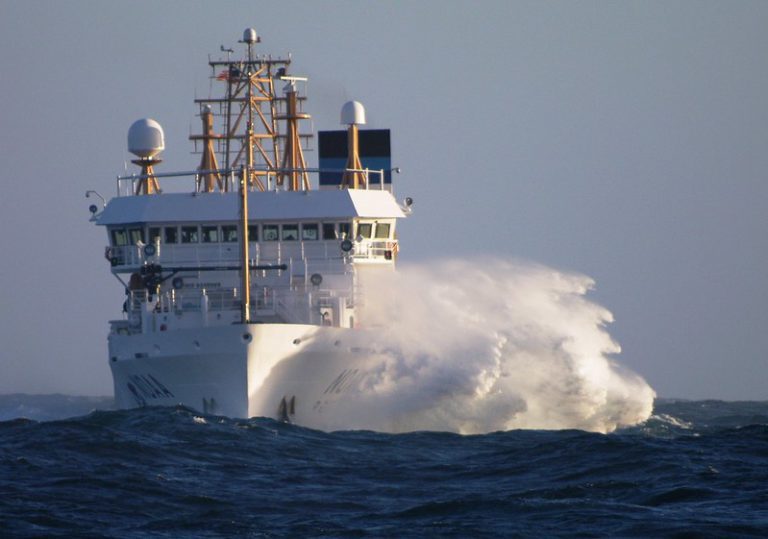

- PI(s): Simone Alin
- Fiscal Year Funded: 2022
Underway ship measurements of ocean acidification (OA) data on ships of opportunity (SOOP) have proven to be..
- PI(s): Adrienne Sutton, Chris Sabine
- Fiscal Year Funded: 2010
- PI(s): Richard Feely
- Fiscal Year Funded: 2010
- PI(s): Simone Alin
- Fiscal Year Funded: 2010


